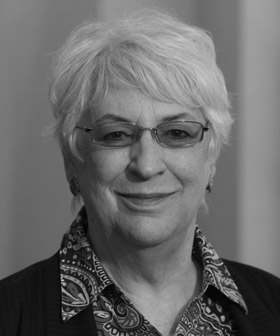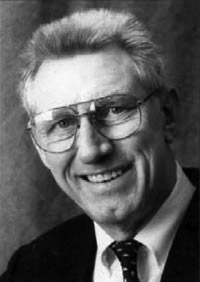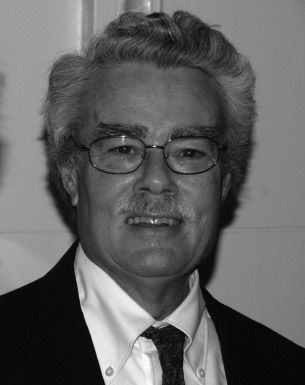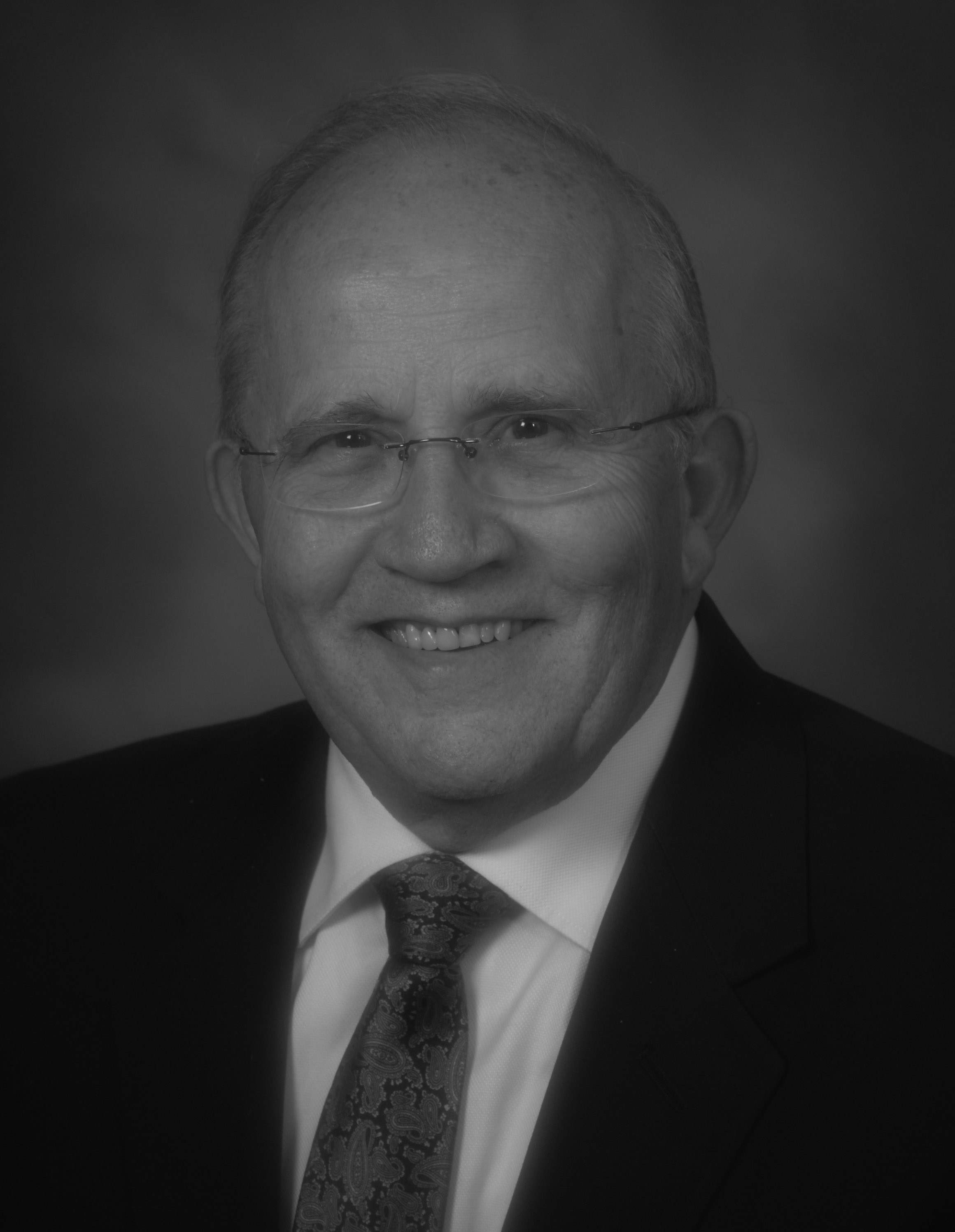Hall of Distinction Inductees 2015
 Dr. Meredith Blackwell
Dr. Meredith Blackwell
Boyd Professor Emerita Meredith Blackwell is one of the world’s leading scholars in
the study of fungi. She joined LSU as an assistant professor in the Department of
Botany in 1981 advancing through the academic ranks to professor in 1988 and LSU System
Boyd Professor in 1997, LSU’s highest professorial rank.
Blackwell earned a bachelor’s of science in biology from the University of Louisiana,
a master’s in biology from the University of Alabama, and a Ph.D. in botany from the
University of Texas at Austin in 1973. Her research has focused on several areas:
systematics and ecology of desert fungi, distribution and biology of wood-decaying
basidiomycetes, and evolution of arthropod-associated ascomycetes. In a major undertaking
with graduate school colleague, Charles Mims, University of Georgia, she collaborated
on the fourth edition of Introductory Mycology. As with previous editions the fourth
edition has been translated into several languages, including German, Spanish, Portuguese,
Chinese and Farsi.
In 1983 she was awarded the Alexopoulos Prize of the Mycological Society of America
in recognition of outstanding research efforts as an early career researcher and in
1996 was named a Centennial Fellow of the British Mycological Society. Other honors
include American Association for the Advancement of Science Fellow, Mycological Society
of America Fellow, American Academy of Arts and Sciences Fellow, Harvard University
Radcliffe Institute Fellow, and de Bary Medalist for lifetime achievement.
 Dr. Arnold H. Bouma
Dr. Arnold H. Bouma
Arnold H. Bouma, LSU Professor Emeritus, was the first to hold the Charles T. McCord
Chair in the Department of Geology & Geophysics in1988. Throughout his 17 years at
LSU, Bouma mentored numerous undergraduate and graduate students in marine sedimentalogical
processes. He received his Ph.D. from the University of Utrecht in the Netherlands
in 1961. His dissertation, “Sedimentology of Some Flysch Deposits – A Graphic Approach
to Facies Interpretation,” has served as the foundation for the fundamental understanding
of turbidity currents and their deposits over the past 50 years. The “Bouma Sequence”
has been integrated in undergraduate sedimentology courses internationally and in
countless thesis and dissertations since its publication in 1962. Bouma also worked
as a Fulbright Fellow at the Scripps Institution of Oceanography and later as an instructor
at the Geological Institute in Utrecht, Netherlands. He was appointed Professor of
Geological Oceanography at Texas A&M University in 1966 where he studied sea floor
sedimentology processes across the globe. He served as a marine geologist at the U.S.
Geological Survey from 1975-81, followed by positions at the Gulf Oil and Chevron
Research Development branches in the 1980’s.
Bouma has received numerous accolades throughout his sedimentology career including
the LSU Distinguished Research Master Award, the Outstanding Education Award from
the Gulf Coast Association of Geological Societies (CGAGS) for “Excellence in Marine
Geology,” the SEPM Francis P. Shepard Medal for “Excellence in Marine Geology,” the
Sidney Powers Memorial Award from the American Association of Petroleum Geologist,
and the Doris M. Curtis Medal for scientific excellence. Bouma retired from LSU in
2005 and passed six years later. His contributions to geology have been recently acknowledged
by professional societies that have dedicated sessions at international conferences
in his honor and by his LSU students and colleagues through the endowment of a live
oak on the LSU campus.

Dr. John O'Neill
John O’Neill, renowned ornithologist and former director of the LSU Museum of Natural
Science (MNS), earned his master’s and doctorate degrees in Zoology at Louisiana State
University. O’Neill was the founder and leader of the MNS field research program in
Peru. He pioneered “expedition style” LSU fieldwork in which a large group of LSU
ornithologists would head off into the wilds, for many weeks or months, carrying everything
with them, often on mules or by canoe. His explorations of South America in the 1960’s
helped solidify the museum’s reputation as one of the most prestigious institutions
of ornithology across the country. He was also instrumental in establishing what is
now the world’s most prominent graduate program in Neotropical ornithology.
O’Neill held a number of positions in the MNS, including director, coordinator of
field studies, curator of birds, and artist-in-residence. He discovered and described
14 new bird species, including three new genera. He has contributed over 7,000 bird
specimens to the MNS and Peruvian research collections. He has published dozens of
scientific papers, mainly on the taxonomy of birds, but his milestone publication
was The Birds of Peru, published by Princeton University Press in 2007, which was
initiated, co-authored, and co-illustrated by O’Neill. Widely recognized as the most
authoritative field guide for birdwatchers and ornithologists traveling to Peru and
Bolivia, the text represents the culmination of his more than 40 years of fieldwork
and research.
O’Neill raised money to construct a new wing to house the Peruvian ornithology collection
at the Javier Prado Museum in Lima, Peru, and has served as a mentor to countless
students at LSU, the Javier Prado Museum and the new Center for Ornithology and Biodiversity
in Lima. In 2008, Peruvian President Alan Garcia Perez presented O’Neill with the
Distinguished Service Merit Award in recognition of his contributions to ornithological
studies, particularly the study of Peruvian birds. Dr. O'Neill's career was one of
the main focuses of Don Stap's award-winning book A Parrot Without a Name. He has
a bird species (Nephalornis oneilli) and a bird genus (Oneillornis) named in his honor.
O’Neill is also a well-known scientific illustrator. His artwork has appeared in more
than 100 publications, including the covers of Science, the New York Times, Audubon
Magazine. He was art director for the first edition of the very popular National Geographic
Field Guide to the Birds of North America.
 Dr. Edward Zganjar
Dr. Edward Zganjar
Edward Zganjar, LSU Professor Emeritus in Physics & Astronomy and prominent experimental
nuclear physicist, earned his bachelor’s of science in physics and mathematics from
St. John’s University followed by a master’s and Ph.D. in nuclear physics from Vanderbilt
University. He is known in the nuclear physics community for systematic analysis
of complex nuclear spectroscopic data, for designing and building state-of-the-art
nuclear spectroscopic instrumentation, and for his contribution to the establishment
of a university consortium and laboratory within the Holifield nuclear facility at
the Oak Ridge National Laboratory.
Zganjar is recognized as an expert on conversion-electron spectroscopy (a nuclear
decay process), both for the instrumentation he developed and for its application.
His instrumentation has been utilized in many U.S. laboratories, Canada, and Europe.
His systematic investigation of nuclear electric monopole transitions in heavy nuclei,
for example, led to the first definitive connection between those transitions and
nuclear shape coexistence. He is a founding member of the UNISOR consortium (University
Isotope Separator at Oak Ridge) established 45 years ago. This consortium, involving
a dozen or more universities, established a university nuclear physics laboratory
within the Holifield facility at the Oak Ridge National Laboratory. This was a breakthrough
in cooperation between university and national laboratory scientists and served as
a model for future university/national laboratory cooperation.
Zganjar served as chair of the LSU Department of Physics & Astronomy from 1982-85
and Associate Vice Chancellor for Research and Economic Development from 1990-94.
He has published over 142 journal articles, 220 published conference contributions,
and maintained continuous external funding throughout his career. He is a Fellow
of the American Physical Society, and a recipient of the Southeastern Section of the
American Physical Society’s Francis G. Slack Award for excellence in service to physics
in the Southeast.